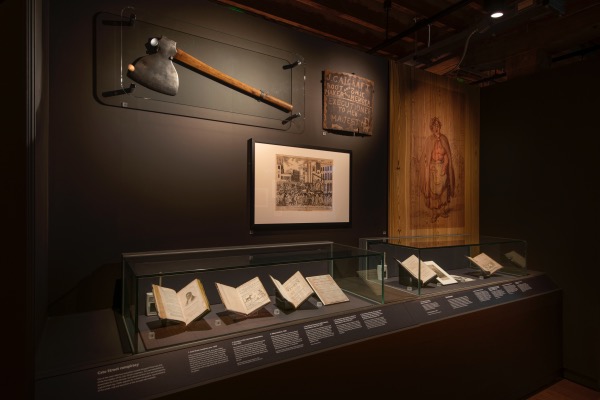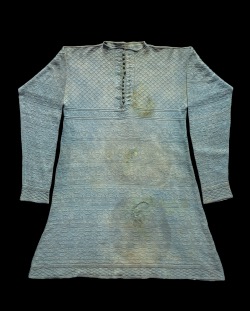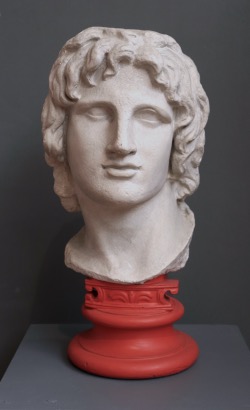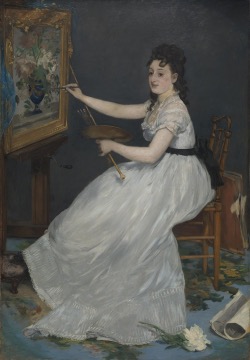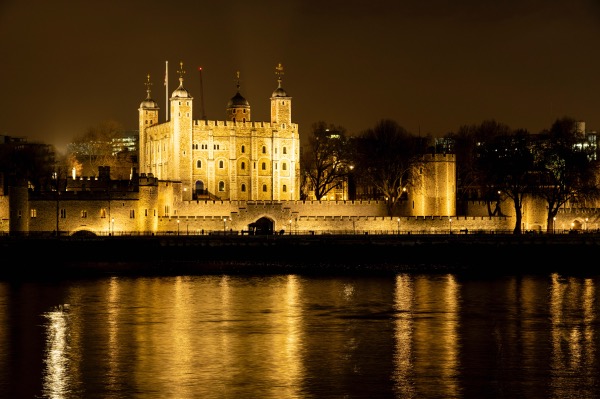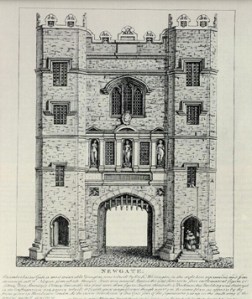It’s 235 years ago this month that Catherine Murphy became the last woman in England to be executed by being burnt at the stake.

Murphy and her husband Hugh had both been convicted of “coining” (producing counterfeit coins, then seen as a matter of high treason) at the Old Bailey and sentenced to death on 18th September, 1788.
The following year – on 18th March, 1789 – they and seven other men were executed at Newgate Prison.
All eight of the men were executed by hanging but Murphy was, as the law then stipulated, made to stand on a foot high platform in front of a stake to which she was fastened.
It is believed Murphy, who was reportedly dressed in a striped gown with a black ribbon around her cap, was strangled to death before she was burned. A noose had been placed around her neck and the platform on which she was standing removed a half-an-hour before the faggots were lit about her, leaving her to hang (this had become a somewhat standard practice since the 1650s).
Execution by burning – which was increasingly attracting public opprobrium, not because of its barbarity but because of its impact on local residents offended by the smell and smoke which accompanied such a method of execution – was officially abolished the following year when the Treason Act was passed.
This was apparently on the initiative of Sir Benjamin Hammett, a former sheriff of London and now MP.
